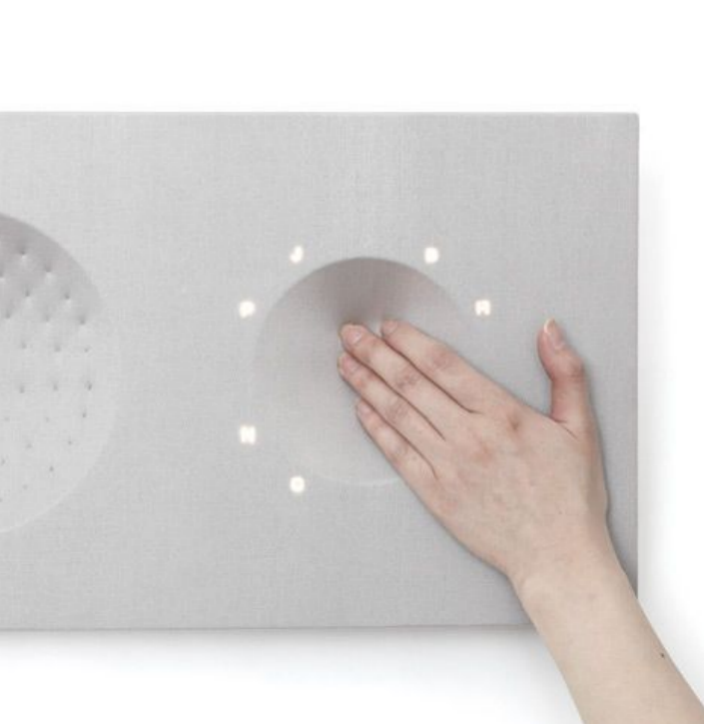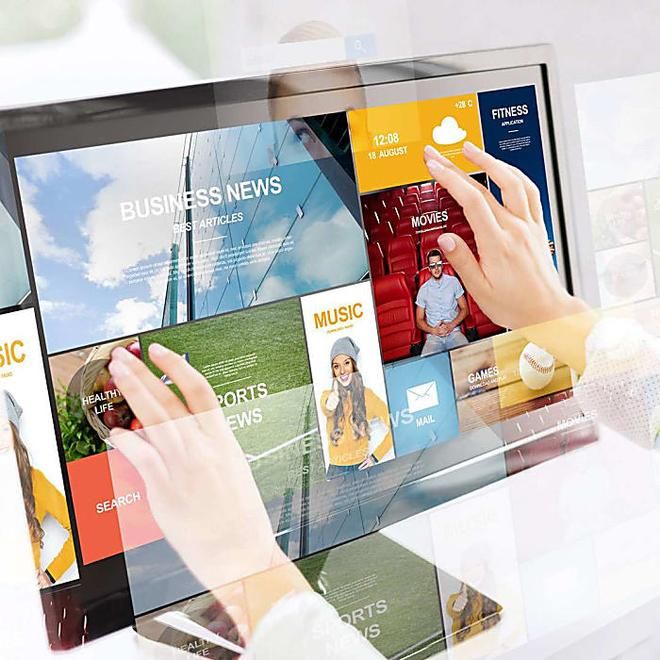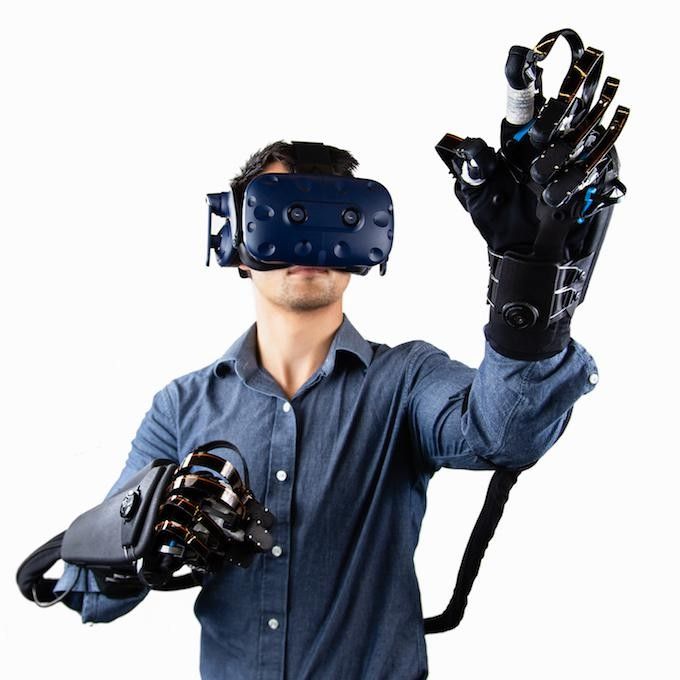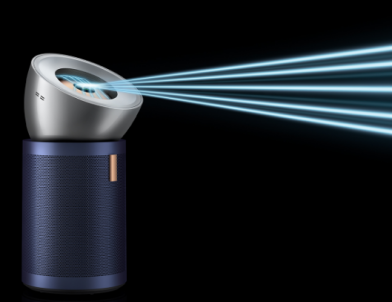The Universe Flowing at Fingertips: Tactile Technology
Have you ever thought that in the future, we will not only perceive the world with our eyes and ears? When your fingertips touch the screen, you can feel soft feathers, hard rocks and even the warm pulse of a distant lover, besides the cold glass? This is not a science fiction movie, but a tactile feedback technology that is quietly changing our lives.

For a long time, our digital world has been dominated by two giants: "vision" and "hearing". From the earliest black-and-white TV, to high-definition big-screen mobile phones, to today's immersive VR experience, we are pursuing a clearer and more shocking audio-visual feast. However, human cognition of the world goes far beyond this. Our skin, the largest "organ" covering the whole body, is the most direct and primitive sensory channel. It can distinguish between hot and cold, feel pressure, sense vibration and even convey complex emotions.
Tactile technology is to awaken our forgotten "fingertip universe". In the early days, the vibrating motor of mobile phone was simply buzzing, stereotyped and without personality. But today's tactile technology has already surpassed this primitive "notice". The appearance of linear resonance motor and piezoelectric ceramic actuator makes tactile feedback delicate and rich. They can simulate all kinds of subtle vibration patterns, just like a skilled pianist, playing different movements in your palm.

Imagine this scene: you read an article about Amazon rainforest on your mobile phone, and when you slide to describe "dew on leaves", a cool and moist touch will come from your fingertips; When you see "the leopard shuttles through the grass", you will feel a slight and rapid vibration similar to scratching. These subtle tactile sensations are not only extra sensory stimuli, they can imprint the pictures described in words in your mind more deeply and make your reading experience three-dimensional and vivid.
The game world is the experimental field of tactile technology. When you shoot an arrow with a bow in the game, you can feel the tension when the string is full; When your character is hit, you can feel the strong vibration from the impact force through the handle. This kind of immersive feeling is incomparable to simple vision and hearing. It blurs the boundary between virtual and reality, and makes you really "become" a role in the game, rather than a bystander.
However, the ambition of tactile technology goes far beyond entertainment. It also shows great potential in education, medical care, art and other fields. Future surgeons may be able to feel the texture of anatomical organs through tactile gloves in virtual reality and conduct safer simulated surgery training; Designers can "carve" real models in virtual space through tactile feedback; Even in social interaction, we can convey nonverbal emotions such as hugs and handshakes by sending "tactile information" with specific tactile patterns.

Tactile technology is transforming us from a passive receiver of information to an active perceptor. It reminds us that besides sight and hearing, there is a vast and unknown sensory world waiting for us to explore. From the slight vibration of the fingertips to the all-round touch on the body, the boundary of this "fingertip universe" is constantly extending outward. The future has come, it is in the palm of your hand, waiting for you to touch it gently to unlock a brand-new world full of sensory surprises.
(Writer:Galli)





